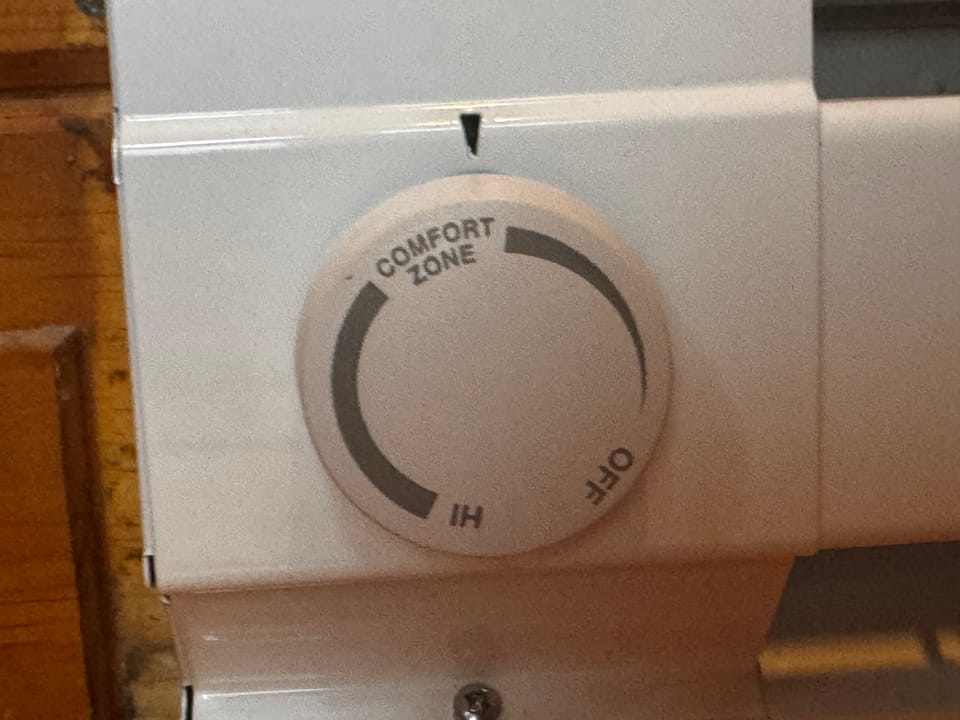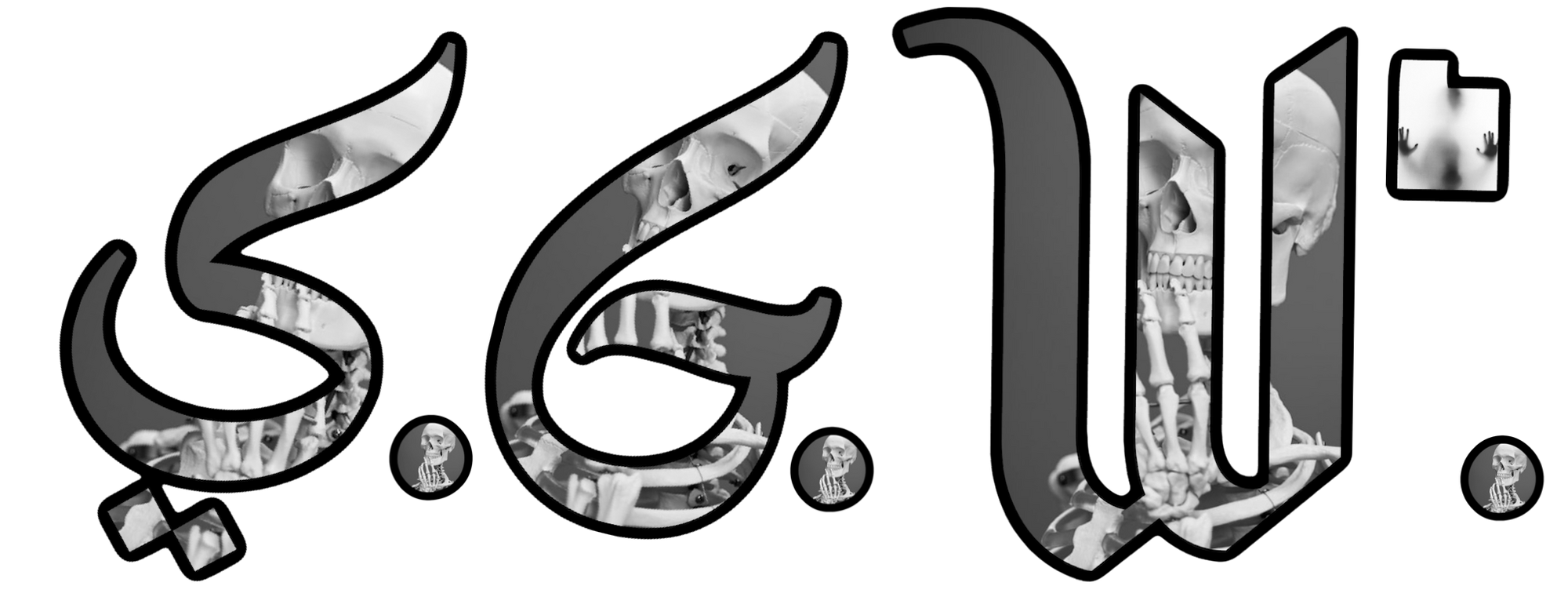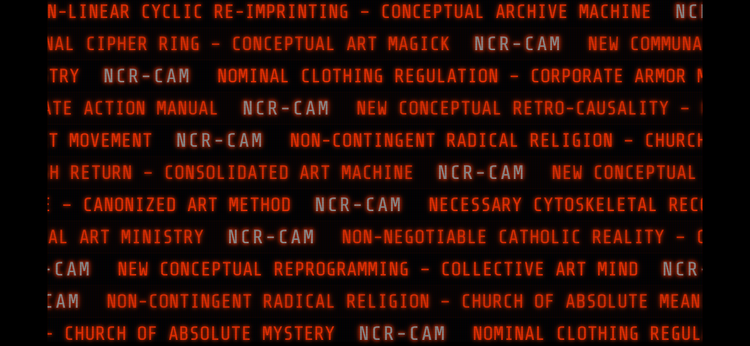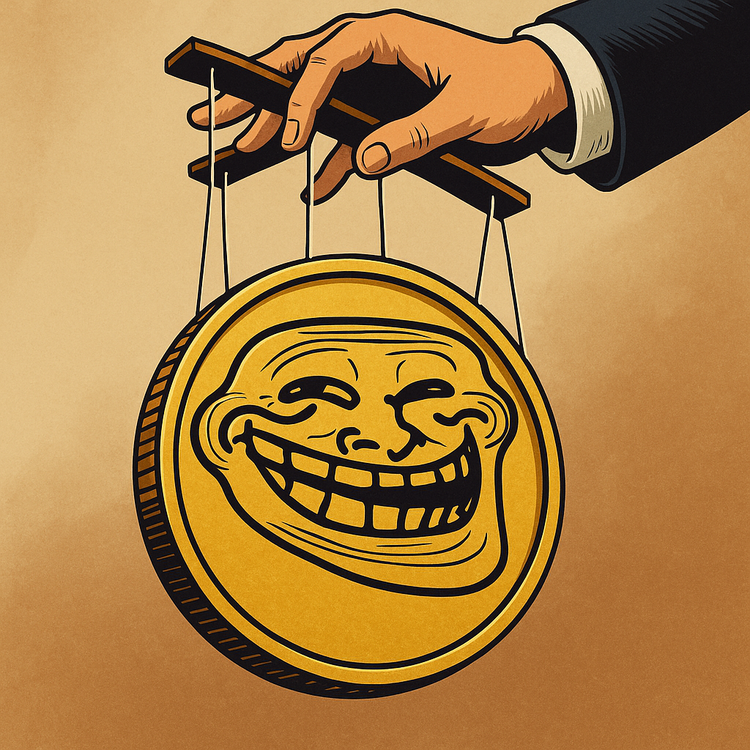Corporate Art Theory

The corporate art movement today reflects the profound entanglement of art and economic systems, where creativity is both liberated and constrained by its integration into the mechanisms of capital. Art no longer exists as an autonomous sphere but as a vibrant, fluid currency within the speculative economies of our time.
At its core, corporate art functions as a dual agent: a symbol of cultural refinement and a vehicle for economic and ideological power. It is a mirror, reflecting the values and ambitions of the institutions that commission, collect, or promote it, while simultaneously shaping public perception and corporate identity. Through this interplay, art becomes a tool to manufacture legitimacy and foster emotional connections, blurring the line between cultural significance and market strategy.
The Nature of Artistic Labor
In today’s landscape, the artist is often celebrated as an icon of creativity, but this celebration masks the precariousness of their position. The flexibility and innovation demanded of artists align seamlessly with the needs of a global economy that prizes adaptability and the constant production of newness. Art becomes less about its intrinsic qualities and more about its ability to generate value—cultural, social, and economic.
This shift transforms the artist into a brand and the artwork into a speculative asset. Labor is reframed as a performance, where the process of creating art is as commodifiable as the final product. In this way, the art object ceases to be a singular expression; it becomes a node within a larger network of value production, subject to the logics of market circulation and investment.
Speculation and Aesthetics
Corporate art thrives on speculation, where the value of a piece is determined not by what it is but by what it promises. This speculative dynamic mirrors the financial systems that dominate contemporary life, where worth is derived from potential futures rather than tangible realities. Art thus serves as both a hedge and a horizon—a way to anchor corporate identity in the present while gesturing toward a visionary future.
Aesthetically, the corporate art movement favors works that can encapsulate ambiguity and universality, creating resonance across audiences and cultures. It seeks the sublime and the sleek, the bold and the digestible. In doing so, it reinforces its own paradox: art as something deeply personal and yet universally marketable.
Art as Branding
Art’s role as a branding tool is perhaps the most visible aspect of its integration into corporate systems. Corporations use art to align themselves with notions of innovation, sophistication, and social responsibility. Sponsorships, collections, and commissions become not merely acts of patronage but strategies to associate the brand with cultural prestige. In this dynamic, art is stripped of its autonomy and instrumentalized as a signifier of corporate virtue.
This practice extends into the spaces where art is displayed. Corporate lobbies, headquarters, and public spaces curated by corporations become galleries of power, broadcasting not only the aesthetic values of the company but its control over cultural narratives. The art becomes an extension of the corporation, speaking for its ethos, vision, and global ambitions.
The Contradiction of Autonomy
The corporate art movement embodies a profound contradiction: it celebrates art as free and transcendent while binding it ever more tightly to economic imperatives. Art that claims to critique or resist these systems is often absorbed back into them, its critique neutralized through its commodification. This contradiction does not diminish art’s power but situates it within a delicate balance between resistance and complicity.
Philosophical Reflections
At its heart, the corporate art movement raises essential questions about the role of art in our society. What does it mean for creativity to exist within systems that seek to extract value from every aspect of life? How can art maintain its integrity when its production and circulation are so deeply embedded in economic structures?
Yet within this entanglement lies potential. Art, even when commodified, retains its ability to provoke, to imagine, and to disrupt. It can expose the contradictions of the very systems that seek to contain it. The corporate art movement is not just a story of co-optation but also a stage where the struggles and possibilities of our time play out in vivid color.
Through this lens, the corporate art movement is neither a betrayal of art’s essence nor a celebration of its commodification but a reflection of the world as it is—dynamic, contradictory, and always in flux.






Member discussion